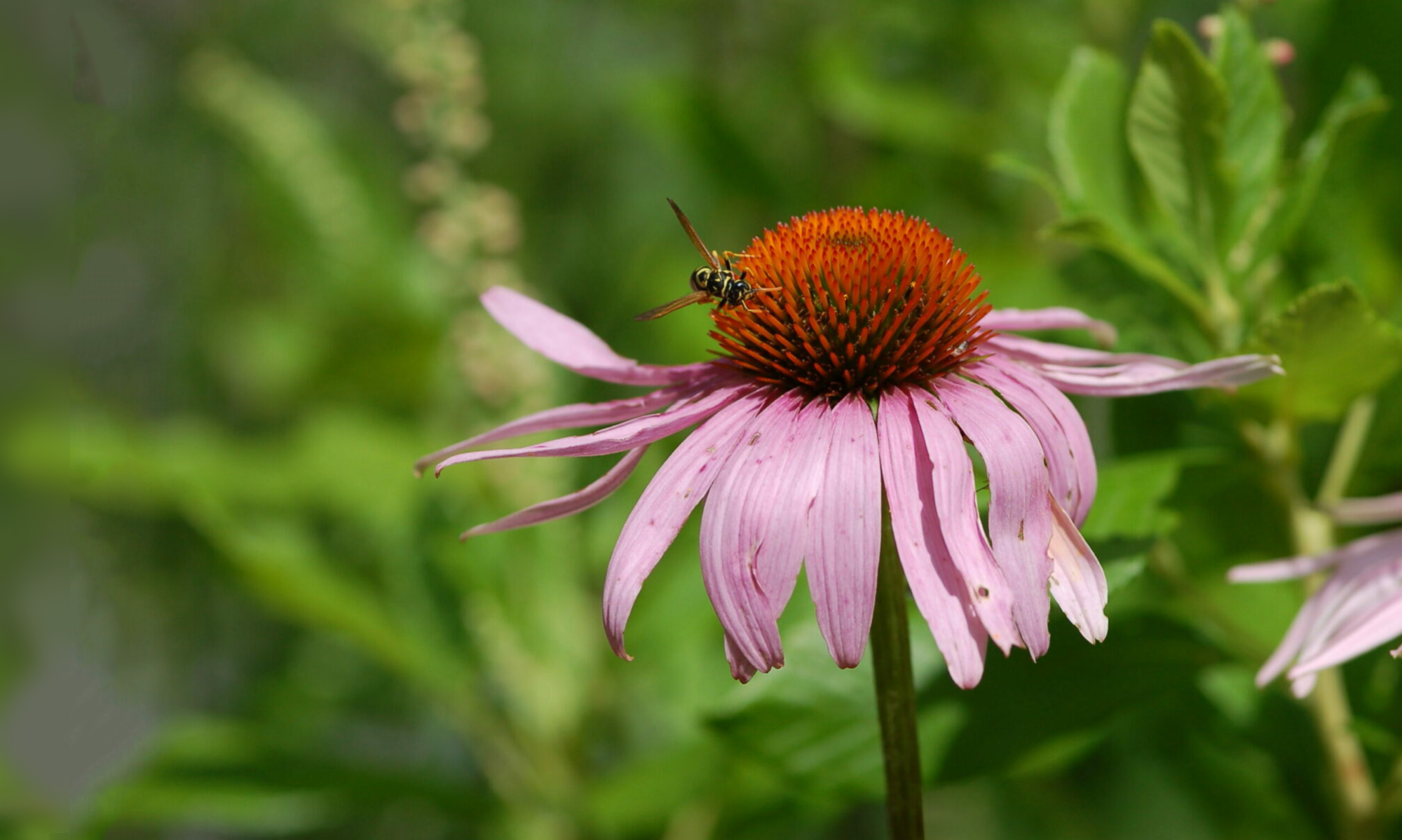CAPTURE THE FLAG, by Kate Messner (Scholastic Press, 2012)
Category: Middle-grade Novel
Do you know what I loved as a kid? Nancy Drew mysteries. I devoured them, kept checklists of those I’d read and wishlists of those I needed desperately to get my mitts on. Each summer, my friend Kelley and I re-opened our private detective agency–G&G Detectives–in homage to our heroine. When business was slow, we read more Nancy Drew books. Or wrote mysteries of our own. Eventually we’d read and written so many mysteries that we had no choice but tho share them: one dog-day, on a whim, we closed G&G Detectives and opened The Garland Street Library instead. It was made up almost entirely of Nancy Drew books.
Do you know what else? If there were a way to go back and talk to eleven-year-old Loree, she’d be tickled to know that she’d one day be friends and writing partners with Kate Messner. And that Kate would create a mystery series that starred a trio of kid detectives. Little Loree would love that trio of kids as much as Not-so-Little Loree does, I’m sure of it. And she would demand Not-so-Little Loree share the love.
So, in celebration of good mysteries, good books, good friends, and the long, lazy days of summer, I’d like to send YOU an advanced copy of my friend Kate Messner’s newest mystery, CAPTURE THE FLAG. You can read a little about Kate here, and a little about the book here. If you’d like an advanced copy for yourself or for your best friend or for that neighbor kid with a detective agency, and if you live in the continental United States, just leave a comment on this post before midnight on Friday, June 22. On Saturday morning, I’ll put all the names in a hat, pull one out, and let you know who the lucky detective is.
Good luck!











